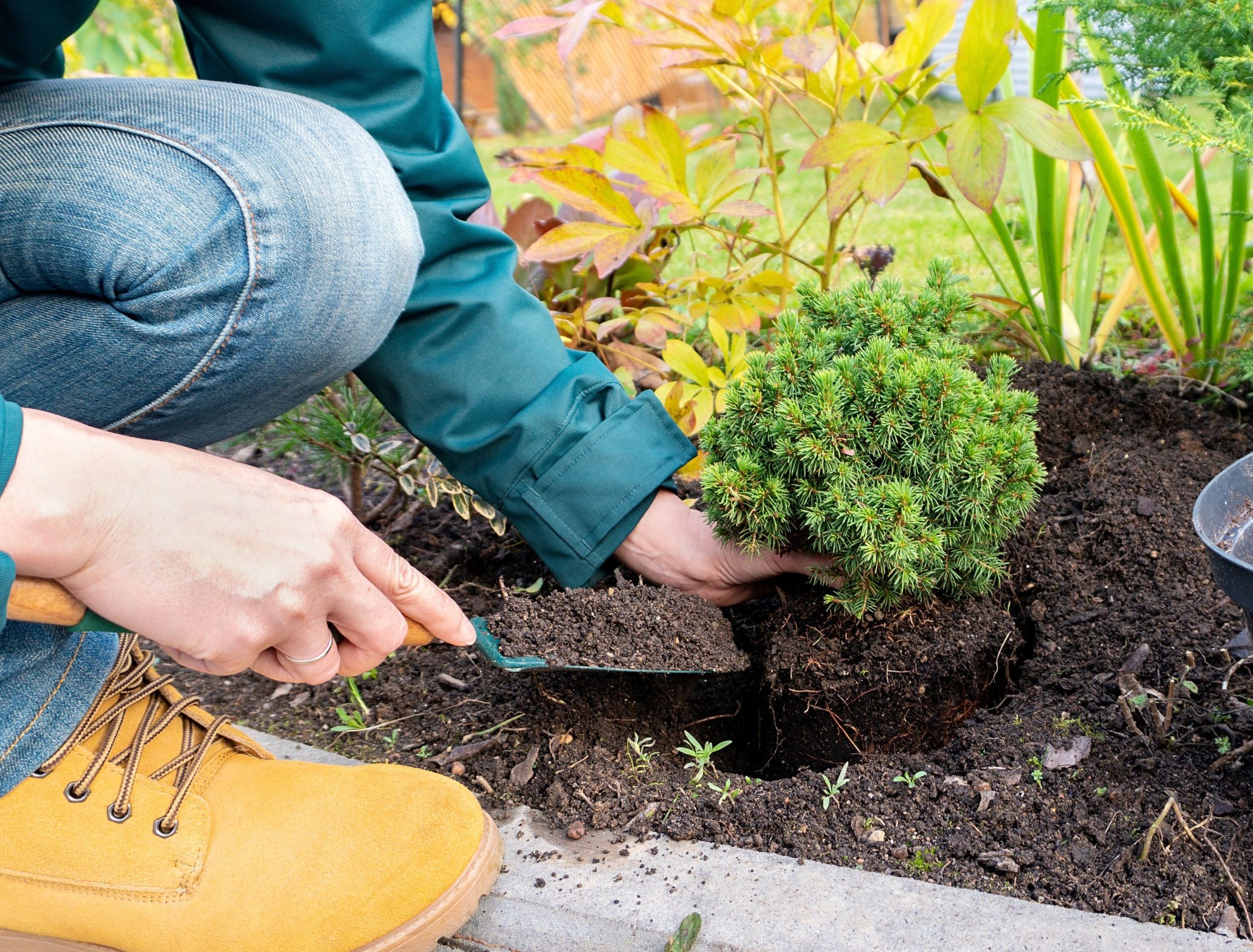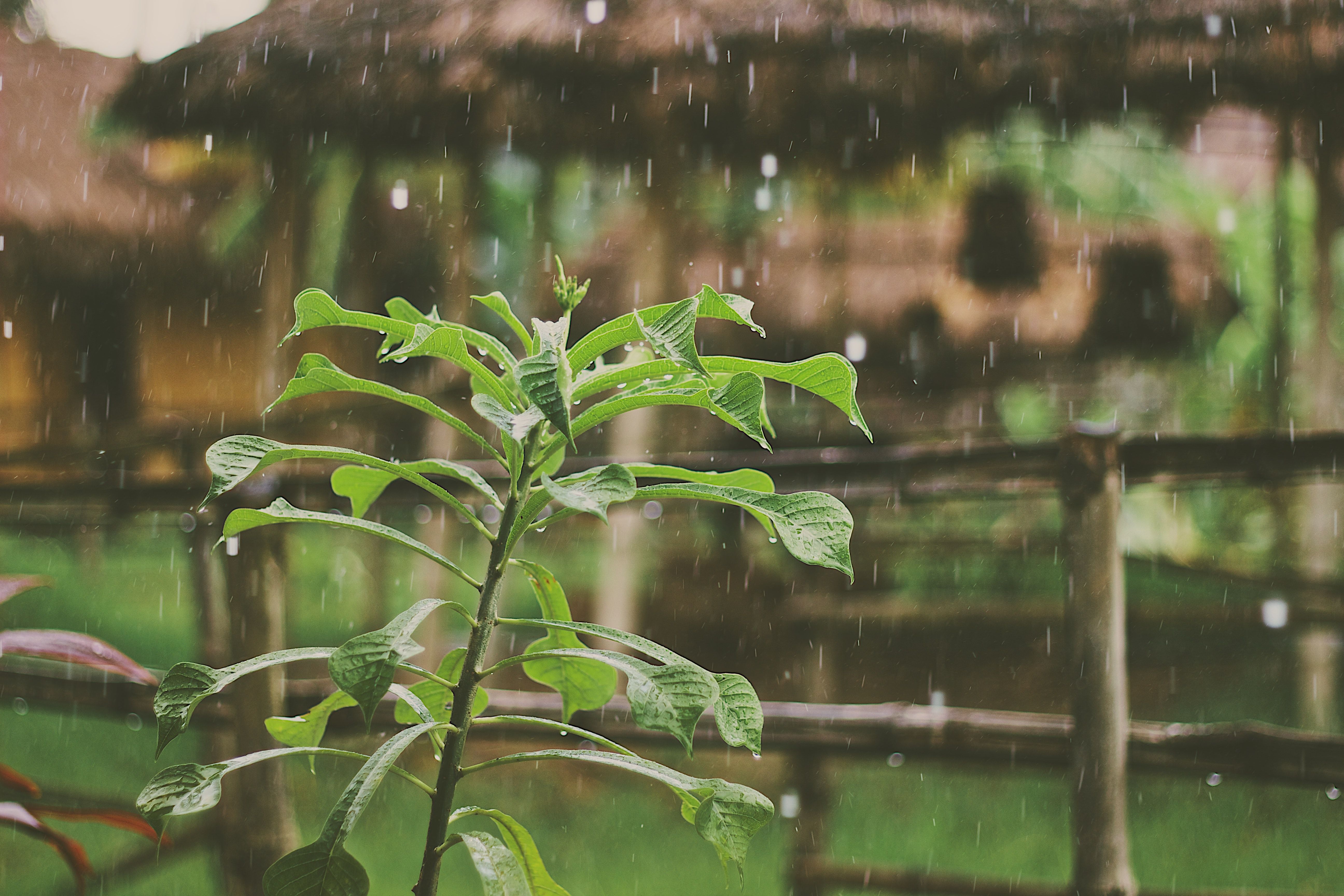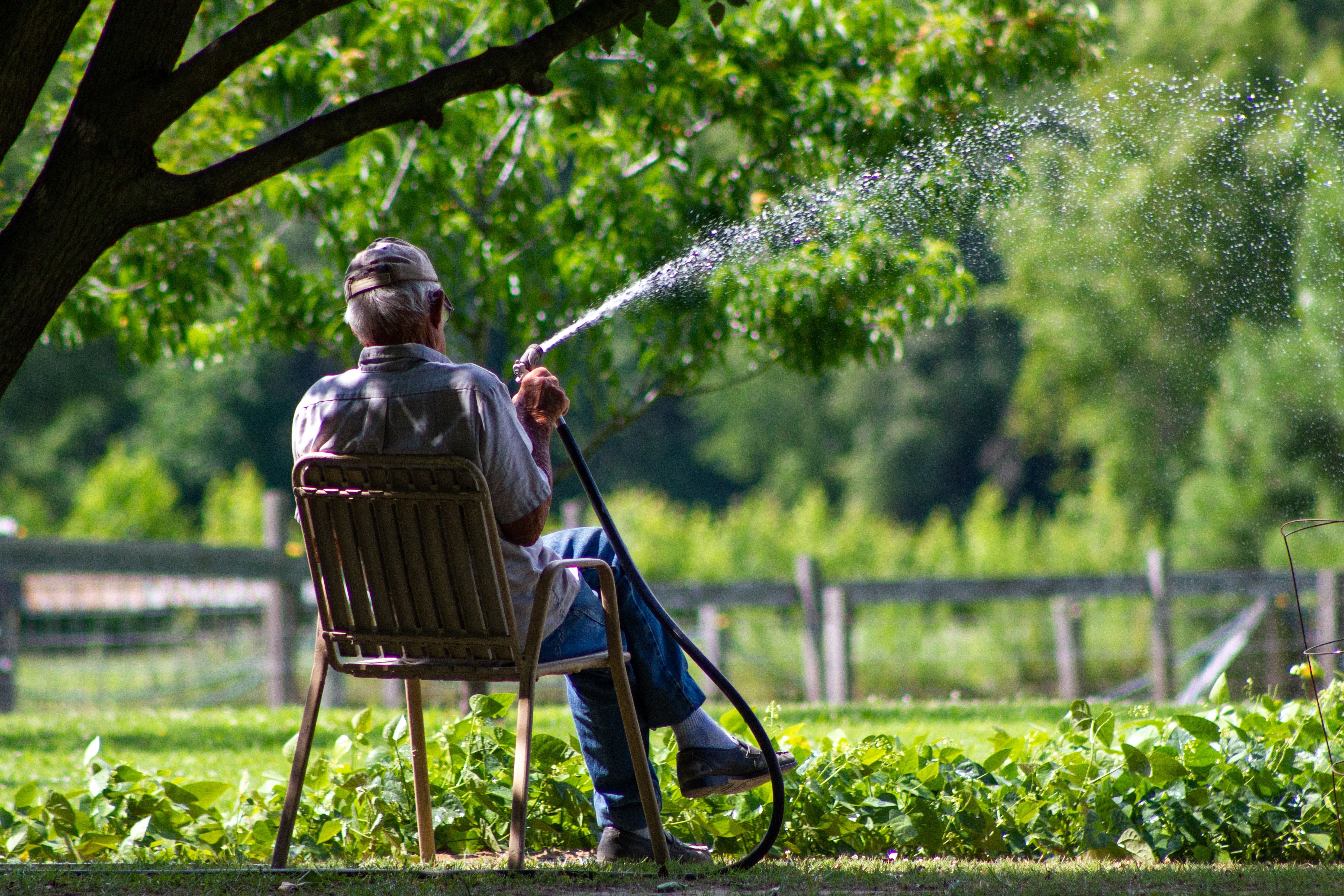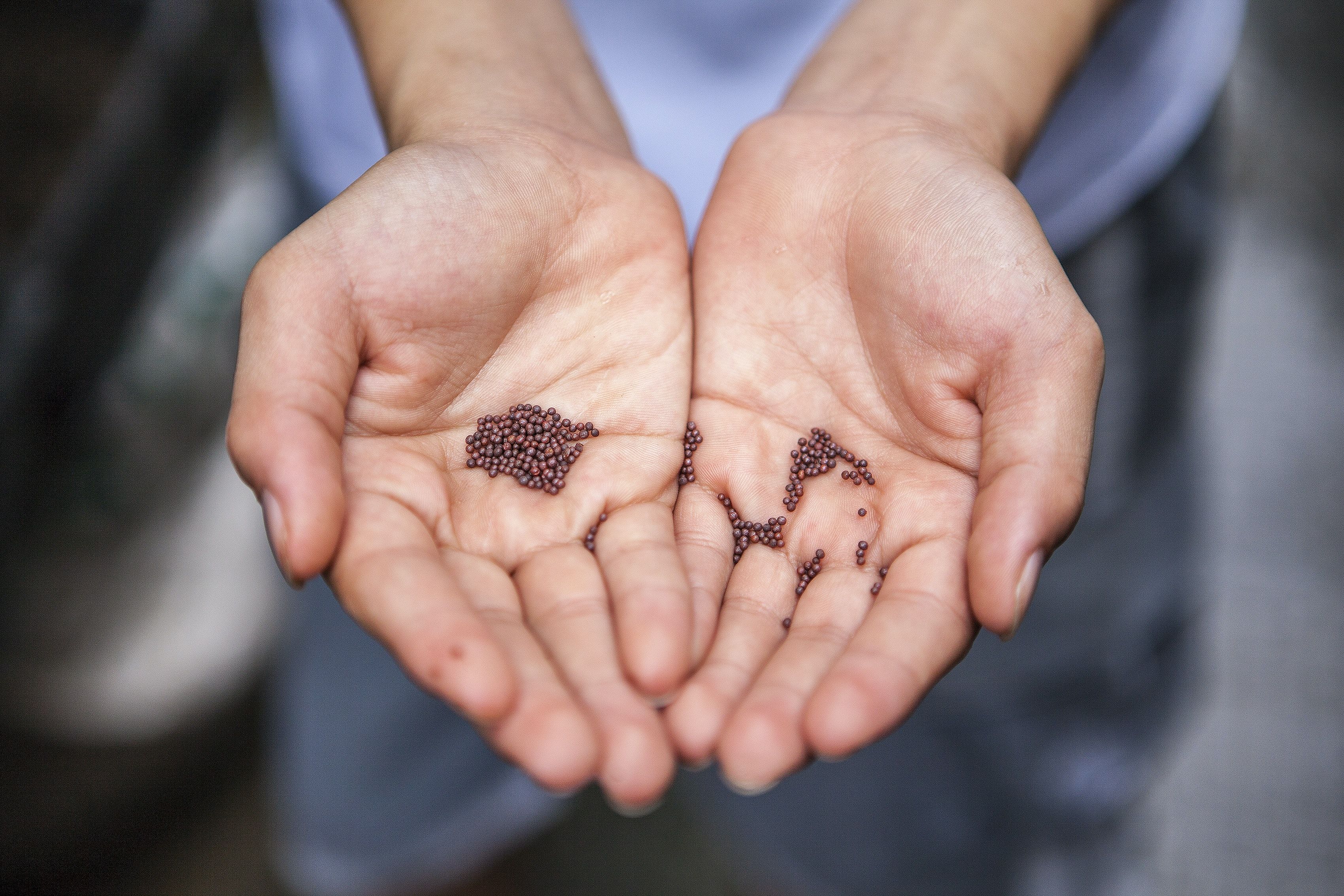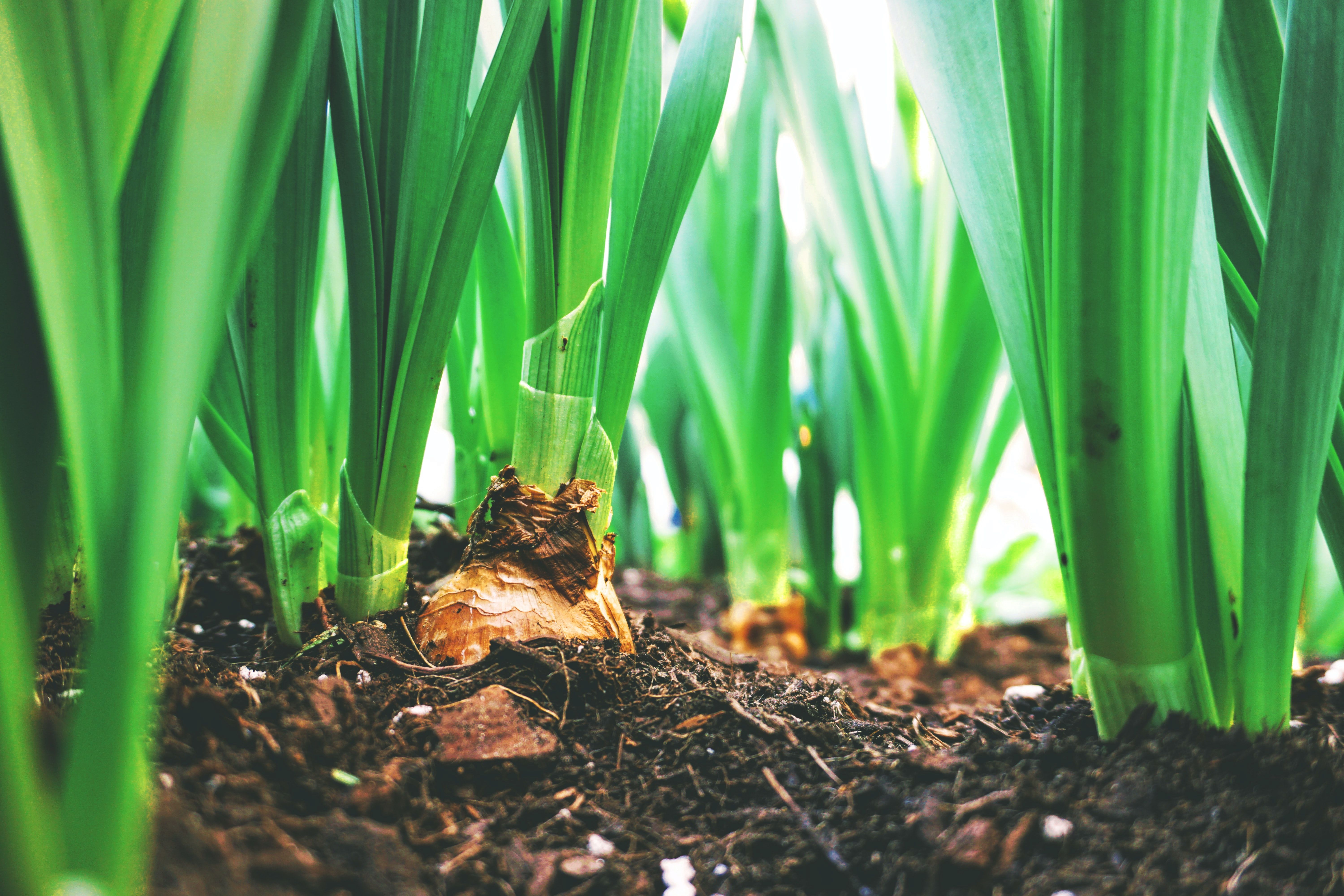While many are preoccupied with chilly autumn nights, pumpkin spice, and the inevitable changing of the leaves, fall planting presents some of the best gardening opportunities of the year.
If you think of it, spring is revered for crisp temperatures and rainfall. After all, April showers do bring May flowers. So, believe it or not, the same can be said for the fall and its overlooked planting season.
Just instead of new growth, plants are preparing for the winter, so it begs the question, why is fall the perfect time to plant in your garden?
1. More Rain
Image credits: Mike Kotsch via Unsplash
It's no secret that the summer heat and sun's rays can wreak havoc on plants. If you’re not on top of watering and the forecast doesn’t produce any windows of comfort for your garden, the effects can be devastating.
Not only does the fall have more rain days, but it provides better reliability in the amount of consistent rainfall. It allows leafy plants to seamlessly inflate from months of heat-induced wilting and scorching to create a dependable environment for some of your fall favorite veggies and perennials to thrive.
2. All About Those Roots
Image credits: Tatami_Skanks via Canva
Some may get antsy at the thought of fall planting, but the reality is you have a good six weeks before the ground freezes up. It will vary year to year and location to location, but some places do not experience frozen earth at all. However, when it comes to planting, there is more than enough time for new plants to establish a solid root system before the harsh reality of winter.
Alternatively, for plants already in the ground, the fall signals a reprieve from the hot sun. With consistent rainfall, less heat, and the diminishing of drought-like conditions in some places, root systems are less stressed and able to blossom.
3. It's Not All About The Plants
Image credits: Timothy Dykes via Unsplash
Not only is there less strain on plants, but falling temperatures also create a more comfortable environment for the gardener. Gone are the days of worrisome temperatures that induce heat-related illnesses, and instead are favorable temperatures that allow for the ease of this hobby. No more waiting for dusk for the day’s temperatures to cool to only be faced with everyone’s favorite gardening pest; the mosquito.
4. Fall Veggies For Spring Crops
Image credits: Joshua Lanzarini via Unsplash
Typically, most gardeners are caught up with the spring and summer hype of growing veggies, but the fall is also a great time. You have a shorter window of opportunity, but its consistent temperature and weather make for a blooming veggie patch in the early spring. You can germinate and plant those seeds now while the soil is still warm.
Get onions in the ground now for a healthy root system to develop. Always the first to emerge in the spring, plant some green onions for early aromatics. Garlic is among the hardest to survive the winter, but don’t forget to insulate the soil with a layer of mulch for the best results.
But above all, consider some predictable perennial vegetables or spices. These can include rhubarb, asparagus, artichokes, horseradish, lavender, rosemary, thyme, or mint.
5. Preparing For Next Season
Image credits: Maarten van den Heuvel via Unsplash
Although many take the sign of fall as a time to wind down and start again in the spring, it's a perfect moment to get shrubs and perennials ready for next year.
Just like germinating vegetable seeds, you can plant your perennial flowers now so they can establish and grow strong in the spring. Pre-seeding a garden allows nature to determine the strongest seeds that will thrive.
Thus, if you are one to seed your plants, this is an excellent way to see how the process took from the previous year. Yet, this doesn’t just stop at seeds, since it applies to flower bulbs, too.
Get A Head Start Now
Thanks to reliable conditions, fall planting is an incredible reason to keep your garden gloves dirty a little longer. It allows for both gardeners and plants to get a break from intense heat and quench their thirst.
On the other hand, it applies to future planning, which will allow early-season flowers and veggies to bloom once all the snow and frost have dissipated. Moreover, this can have a beneficial effect on insects like bees and butterflies, who can gain access to early pollination.
What are your main reasons to plant in the fall? Leave a comment below, and as always, please share!

